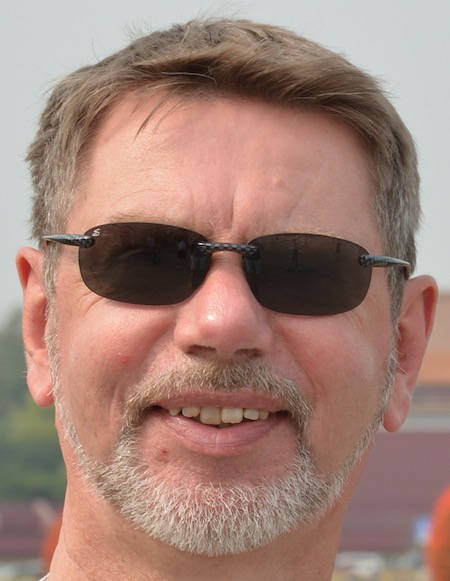Thinking through dystopias and pandemics - the future is bright!

Author: Poul Holm
We imagine our futures based on what happens to us now. Images of the past help fuel our imagination of how current trends may play out. In this sense humans are historical animals. The legacy of the past may inform - restrict or broaden - our view of the future.
An example may help explain where I am coming from. Ireland in the 1980s looked like a forlorn place. The economy was in pieces, in the North senseless killings were everyday phenomena, and the future for the youth lay in emigrating overseas. Historical narratives were used to rationalise and perpetuate the calamities. Ireland of today is a much brighter place, largely because leaders and a new generation decided to change track, visualise new beginnings, and come to terms with a legacy that was no longer allowed to determine the future. Knowing the past is still useful – not to repeat past mistakes but to know where not to go.
The uses of the past are multiple, and they play into how we design our futures. In the twenty-first century images of the past weigh heavily on us as we try to imagine the future. As I write, we have come to realise (again) that disasters such as the current pandemic are unforeseeable. On the other hand, the result of the US Presidential election shows that seemingly inexorable rise of populism may be stemmed.
Some projections of the future can be made with relative certainty: Global warming is likely to make populous parts of the globe uninhabitable. Demographic growth will continue in the next couple of decades and maybe beyond and increase pressures on the planet.
Other projections are contingent on the choices we make now. Current international politics promote protectionism and raise borders. Authoritarian and populist movements are on the rise. The digital revolution has come with vastly increased powers of surveillance. Global inequality is increasing, and global environmental degradation and climate change raise serious challenges.
Future generations will not be able to enjoy the goldilocks opportunities that made some corners of the globe enjoy rapid growth in the recent past. The rapid acceleration of all types of material resource use after the Second World War came to an end by the 1990s.
So, what may we think of the future? Will it come with zero economic growth, climate disasters, and a rise of digital fascism as technologies are used to keep populations in check? Dystopias make for scary books and films, which we may read or watch to keep our anxieties about the future in check.
Predictions of doom and gloom offer excellent excuses for denialism and defeatism. If the world is going to hell, why not enjoy the moment and forget about tomorrow? Perversely, dystopias appeal more to our imagination than images of bliss. Promises of paradise may offer comforting thoughts but are notoriously difficult to excite the imagination. So how can we think about the future without being weighed down by images of the past and projections of the current?
Optimists will maintain that the S-curve is bound to kick in even for the worst of trajectories. By this, I mean that future fears are often simply extrapolations of present calamities. If selected negative trends are allowed to persist, we are doomed. However, future predictions based on linear growth are always wrong. Any trend will run its course and eventually either run out of the resources that are feeding it – or be substituted by innovation – new ways of doing stuff. S-curves are a logistic curve that characterizes many growth processes, such as the increase in height of a sunflower or the number of persons infected in an epidemic. We may not know when the curve bends, but we can be confident that it will. Simple projections of the future based on all things being equal, that is a continuation of current practises on an escalating scale, are the surest fallacies.
In other words, the future is unknowable. We cannot predict the future because there is no way of predicting human ingenuity. We are a resilient species because we learn and adapt – when faced with the abyss, our brains tell us to turn back and seek another way. It may therefore be useful to look for indications of the S-curves of doom and gloom. The litany of depressing trends may be countered by optimistic statements. Humanity is on a trajectory of eradicating poverty and diseases and prolonging life-expectancy. Literacy rates are increasing steadily, and the human species is getting cleverer as levels of education are rising. Despite rises in economic prosperity globally, we are dematerialising as products become lighter and can do more with less. Renewable energy is fast replacing carbon as it is becoming cheaper and more efficient with the spread of electric grids. Digital platforms empower people to access information of their own choice.
History cannot help us predict the future. But we may note that while political and ecological systems will change and may collapse, natural and human systems endure. The pessimist will always be right at his death bed. While we live, we may find more inspiration in looking for the best and working to make it happen. The ironic statement by Timbuk3 nails it: "The future's so bright, I gotta wear shades" (Greetings from Timbuk3 (1986)). Pat MacDonald saw a future of a nuclear pandemonium. The irony of the statement is of course that bright prospects may blind us from the unintended or negative fallouts of development. We need to look for the S-curve and time our interventions.

